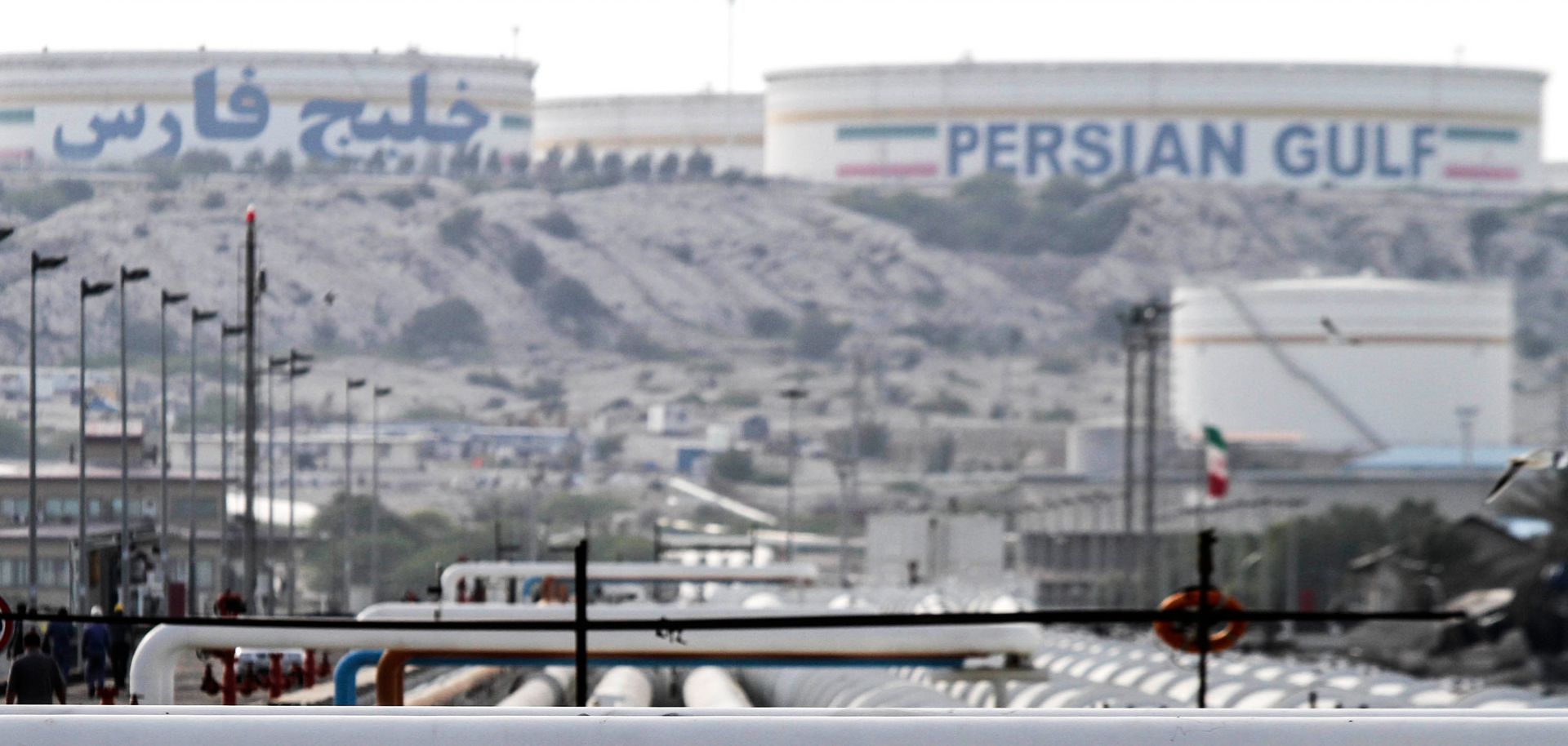Oil and geopolitics intersected continuously throughout the 20th century. And perhaps nowhere were the effects of this intersection more pronounced than in Iran. For nearly five decades, British Petroleum's predecessor, the Anglo-Persian Oil Co. (later renamed Anglo-Iranian Oil Co.), enjoyed near total control over Iran's oil sector. When Iran nationalized the sector in 1951, the United States and United Kingdom responded by overthrowing its architect, Prime Minister Mohammad Mossadegh, just two years later.
All of these events deeply influenced the Iranian revolution, placing resource nationalism among its core foundations. But nearly 40 years after the revolution, Iran faces new challenges. To revive Iran's hobbled economy after years of sanctions, President Hassan Rouhani is now driving an initiative to reinvigorate the oil sector. To do so, Rouhani will have to break what has become a steady cycle of backlash -- aimed at foreign and domestic actors alike -- over the distribution...


